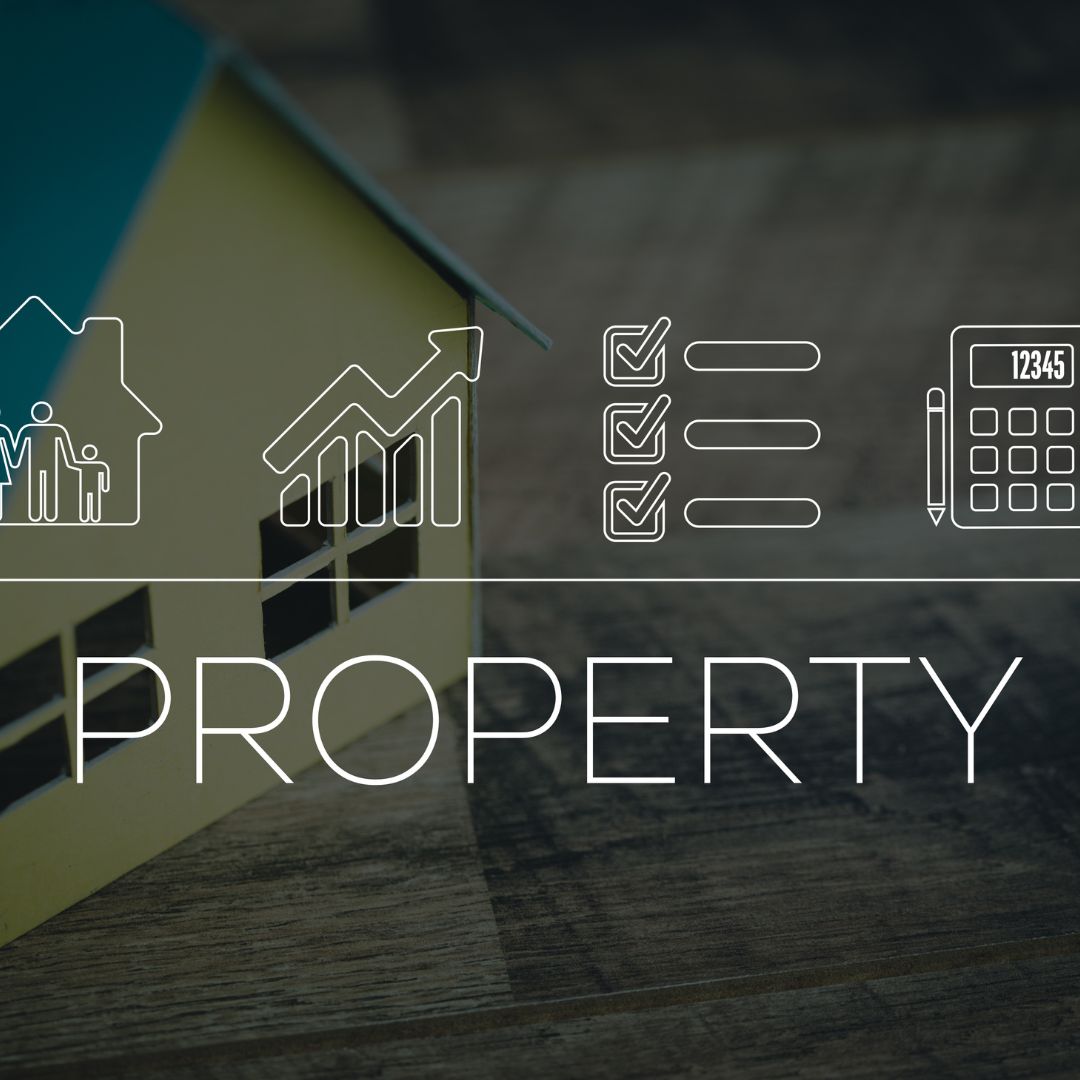USDA Loans First Time Home Buyer
USDA loan application

If a property is ineligible for a FHA loan, it does not meet the FHA’s requirements to receive full coverage under the Federal Housing Administration insurance, which can cover up to 95 percent of a mortgage payment. In order to qualify for a USDA loan, a property must have three separate criteria. First, it must be a single-family dwelling. Second, the dwelling must be located in a county where at least 20 percent of the population is poor. Third, the property must be owned by the family who plans to occupy it.
The Department of Agriculture in the US offers eligible candidates farm loans and support for rural development. Farmers, ranchers, and other qualifying companies can get loans from the USDA to start or expand their businesses. A loan is a temporary, interest-free obligation that aids in the acquisition of real estate, machinery, stock, and other assets. Both private citizens and commercial entities can apply for loans as a form of financial assistance.
A minimum credit score of 620 is required (on a scale of 300 to 850). Within the previous seven years, neither a bankruptcy nor a foreclosure may have occurred. The property for which you are requesting must be your own, and you must be able to pay back the whole amount of the loan in cash. Before choosing a purchase, review the USDA's loan requirements if you intend to finance through the USDA.



